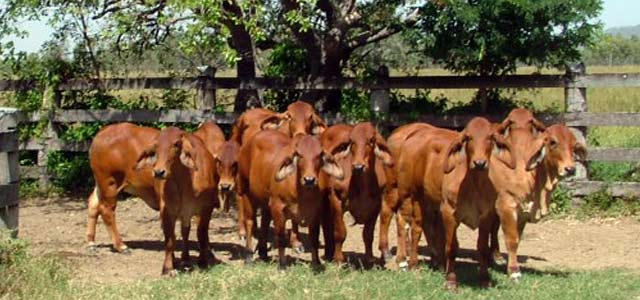In my experience, stud and commercial producers need to feel confident they’re purchasing profitable, high performance cattle. You’ve likely heard stories of cattlemen who’ve bought bulls and females at auction, only to return home to discover they don’t stack up to expectations when introduced to their herds.
Whilst calf grading systems have been around for decades, in 2015 I refined and reworked the technique specifically to suit Red Brahman cattle. While there are a number of important considerations, the Rockley Brahmans Weaner Grading System aims to ensure efficiency and future genetic gains by focusing on 10 phenotypical criteria, as detailed below.
From the start, this system proved to be an effective and efficient way of identifying future elite bulls and females capable of producing premium product from a very early age.
Over more than twenty years, I’ve witnessed first-hand the attributes that produce elite Red Brahman cattle. Now with performance and profit as the key drivers for our customers, I’ve adapted the traditional weaner grading system to accurately identify best of breed Red Brahmans in 3 key steps:
1. Record parental attributes
We begin by profiling the calf’s sire and dam to assess the strength of its genetics. Details of the paternal and maternal phenotype and genotype, as well as other progeny, are recorded and available for you to inspect before purchase.
2. Conduct assessment in small yards
Shortly after weaning, the animals are put in the pound where we undertake a thorough assessment of their temperament and phenotype. All findings from these assessments are carefully recorded.
3. Grade against strict criteria
We assess each calf on a sliding scale, appointing higher grades to weaners with more impressive attributes. The characteristics we assess include:
Bone
Assessing whether the animal is fine or heavy boned. According to the average weight of a carcass, bone accounts for around 16-20%. We look for cattle with moderate to above average bone mass.
Feet and legs
Ideally, we want to see well-defined angles in the joints at the hip, stifle, hock and pastern joints. When viewed from the front, the animal’s front legs should be straight and they should be standing squarely on their hooves.
Head
Must show character, it should show reasonable length and width in proportion to the body. Looking for a broad muzzle, good width between the eyes and well covered eye muscles.
Muscle
The most valuable part of the carcass; not to be confused with fat, muscle is the degree of thickness or convexity of an animal relative to its frame size, after adjustments have been made for subcutaneous fat.
Back end
We look for well-rounded rear ends and a smooth tail setting. The rump should be long and moderately sloping to the tailhead. Plenty of meat is available here so we look for width in the pin bones and thickness through the stifle area.
Temperament
We evaluate the nature of the animal; looking for calm animals as opposed to violent and continually moving animals. Temperament can have a massive impact on your bottom line.
Topline
This is the spinal column from the neck to the tailhead of the animal. We look for width over the animal’s spine which indicates the animal’s muscling. We strive for ‘butterfly’ muscled toplines in our male cattle. The topline should be straight.
Under line
We evaluate the sheath of a bull and the navel of a heifer. The sheath in a male should be well suspended, well angled, loose and light, and showing no tendency to be pendulous. In females we look for a well suspended, clean navel that does not appear to be pendulous, as there is a chance that her brothers or sons may have the same problem.
Length
We visually assess the overall length of the animal’s body from withers to pins, based on comparative length to size.
General appearance
We score how the animal presents itself. Put simply, it’s our first impression as the animal walks in to the pound.
Notes are made in reference to a range of attributes including polledness, overall colour, maturity type, heart girth, femininity and masculinity.
Finally, each calf is awarded a cumulative score up to 49. Higher grades predict higher performance and profitability. Animals are automatically culled if they receive a score of one. Ongoing subjective monitoring is undertaken throughout their lives, paying special attention to our seven elite breeding attributes. In bulls, we monitor testicle size and conformation and in females we look at udder conformation and mothering ability at calving.
Transparent relationships with our customers are important, so upon request all weaner grading information can be made available for inspection prior to purchasing. We invite you to closely examine the data to help your decision-making and to ensure your Rockley cattle live up to expectations. Ongoing consultation and advice are key to our service as we strive to breed elite Red Brahmans for stud and commercial producers seeking more profitable, high performance cattle.
For more information, contact Ashley on 0408 780 810.



